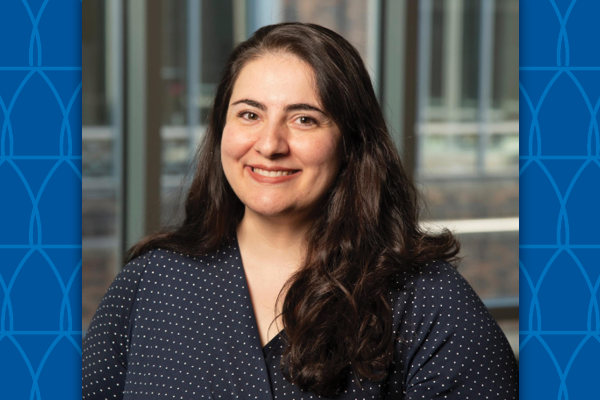
When the gut, lungs, or skin encounter harmful bacteria or fungi, many different immune system cells can respond. One type, interleukin-17-producing γδ T (Tγδ17) cells, are usually helpful, but if they get out of balance, they can contribute to autoimmune diseases or even help cancer grow.
These and other immune system cells can sometimes change their behavior — a process called plasticity. For instance, under certain conditions, Tγδ17 cells can start producing molecules that not only help fight certain infections but can also help kill cancer.
Maria Ciofani, PhD, associate professor of integrative immunobiology at Duke University School of Medicine, wants to understand what drives these changes, and, eventually, learn to control them. “Finding the regulators that control these switches is the first step in developing therapeutic interventions,” she said.
In a new study published online June 27 in the journal Nature Immunology, Ciofani and colleagues found in mice that during a Salmonella infection in the gut, Tγδ17 cells start secreting molecules that switch them into cancer-fighting mode.
The scientists also discovered that a group of proteins called AP-1 transcription factors play a key role in keeping Tγδ17 cells stable and preventing them from switching.
Infections and inflammation have been previously shown to be drivers of plasticity in other immune cells (CD4 T cells). But this is the first time that this has been shown in Tγδ17 cells.
“High resolution single-cell regulatory analysis revealed a role for AP-1 transcription factors in controlling this process,” Ciofani said. “Using conditional genetic deletion in mice, we validated the critical role for two AP-1 factors, JunB and Fosl2, in stabilizing Tγδ17 identity and restricting type 1 plasticity.”
Other authors of the study, all from the Duke Department of Integrative Immunology, are postdoctoral scholar and co-first author Morgan E. Parker, PhD; co-first author and student Naren U. Mehta, student Tzu-Chieh Liao, recent PhD graduate William H. Tomaszewski, PhD; research technician Stephanie A. Snyder; and form postdoctoral scholar Julia Busch, PhD. This work was funded by grants from the National Institutes of Health (R01 GM115474 and P01 AI102853).